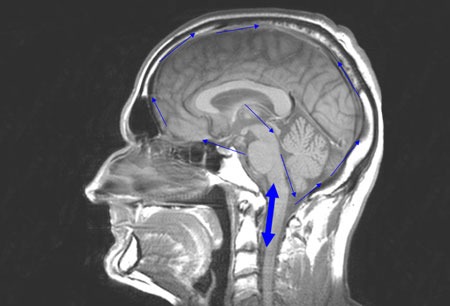Last reviewed: 16 Mar 2025
Last updated: 28 Jan 2025
Summary
Definition
History and exam
Other diagnostic factors
- cognitive impairment
- urinary frequency, urgency, or incontinence
- faecal incontinence
Diagnostic investigations
Investigations to consider
- lumbar puncture
- lumbar puncture with large-volume cerebrospinal fluid (CSF) tap
- prolonged external lumbar drainage
- cerebrospinal fluid (CSF) infusion procedure
- continuous intracranial pressure monitoring
Treatment algorithm
Contributors
Authors
Richard Adam Grünewald, MA, DPhil, FRCP

Consultant Neurologist
Honorary Clinical Senior Lecturer
Sheffield Teaching Hospitals NHS Foundation Trust
Sheffield
UK
Disclosures
RAG is the author of a paper cited in this topic.
Acknowledgements
Dr Richard Grünewald would like to gratefully acknowledge Mr Jeremy Rowe, a previous contributor to this topic.
Peer reviewers
Robin Wilson, MD, PhD
Associate Director
Adult Hydrocephalus Center
Sandra and Malcolm Berman Brain & Spine Institute
Sinai Hospital
Baltimore
MD
Disclosures
RW declares that she has no competing interests.
Use of this content is subject to our disclaimer
